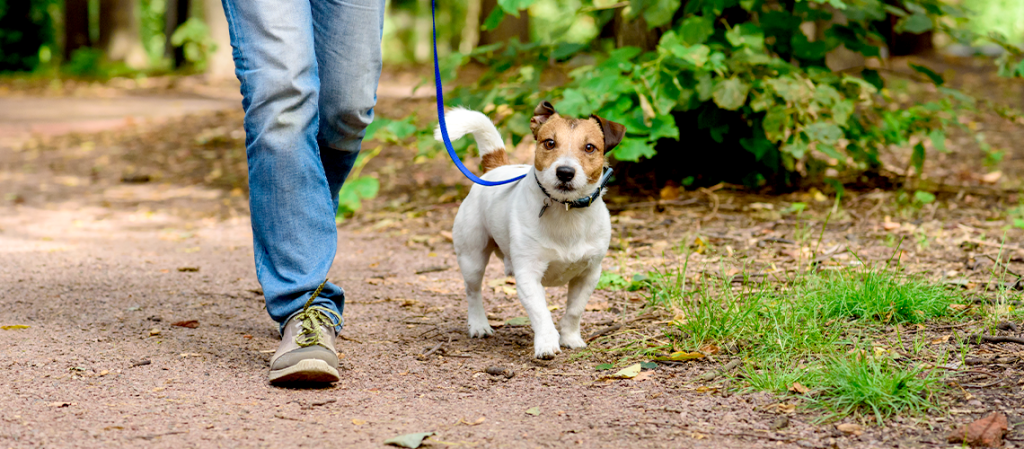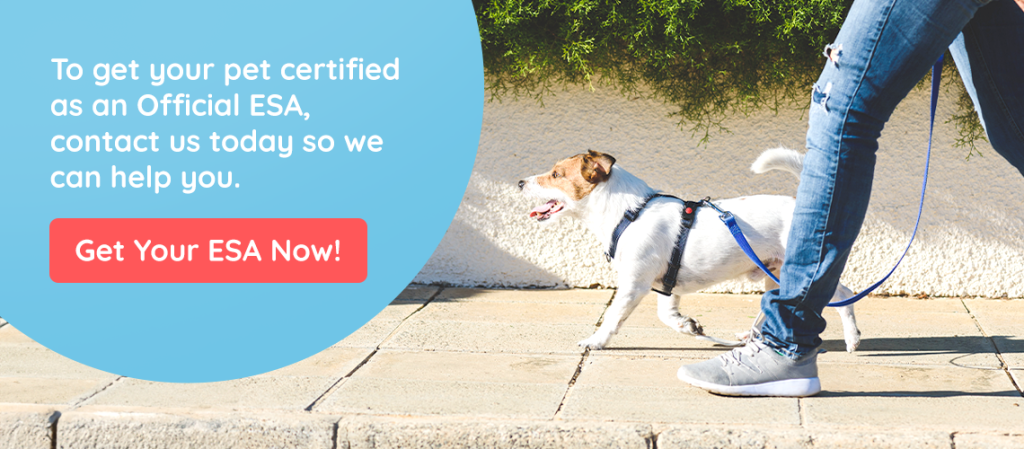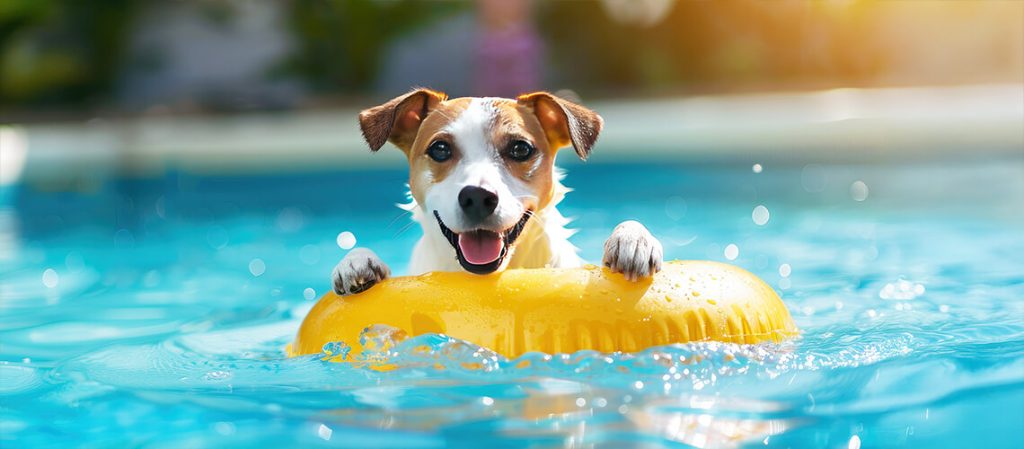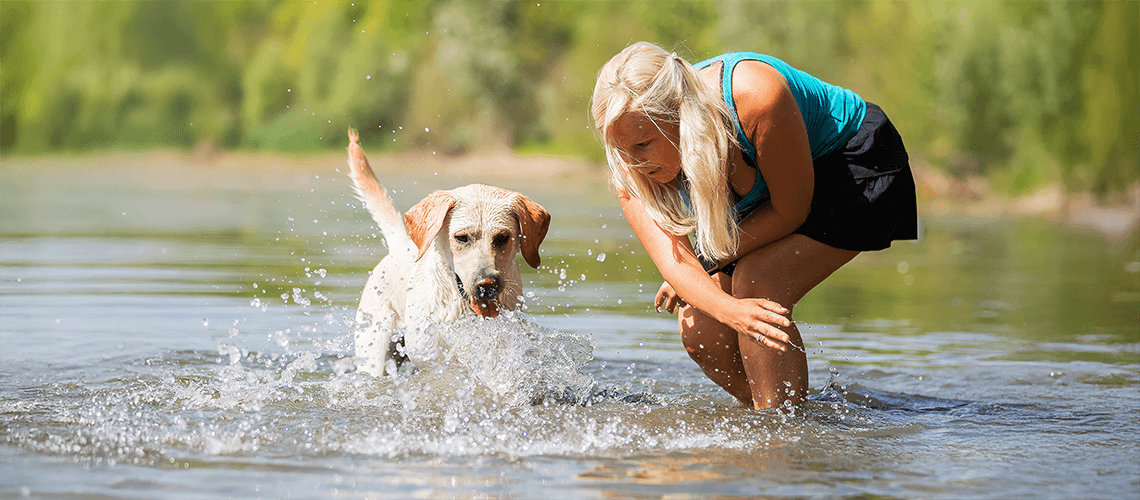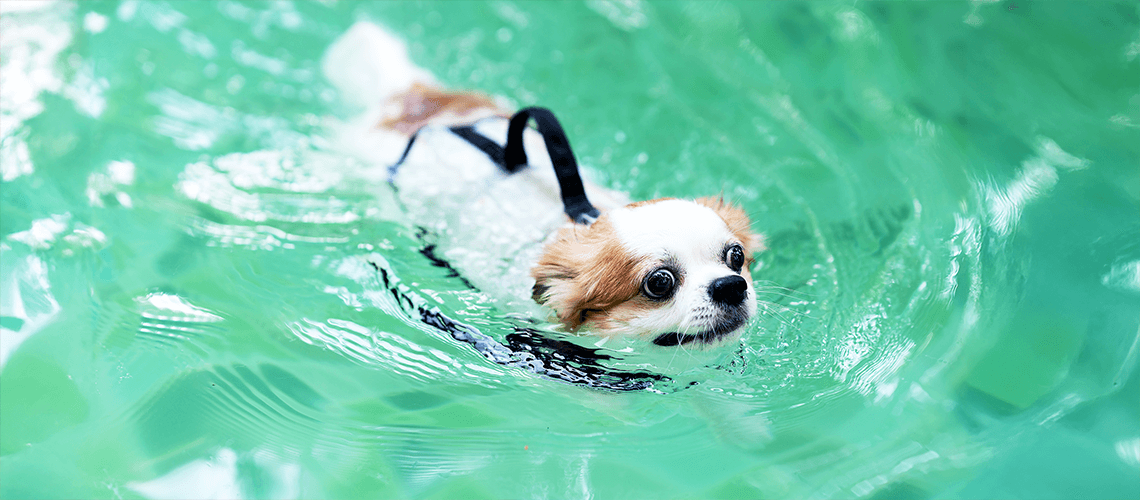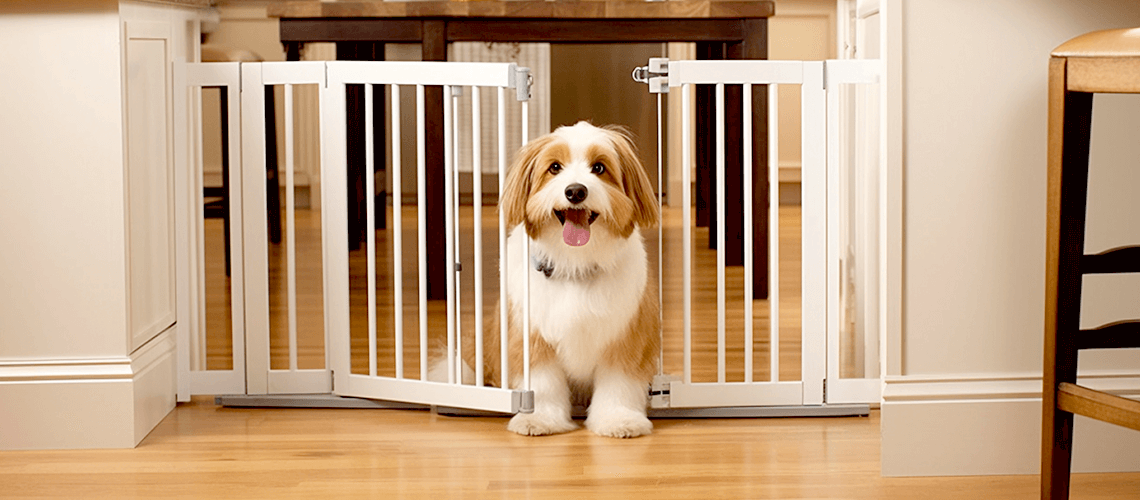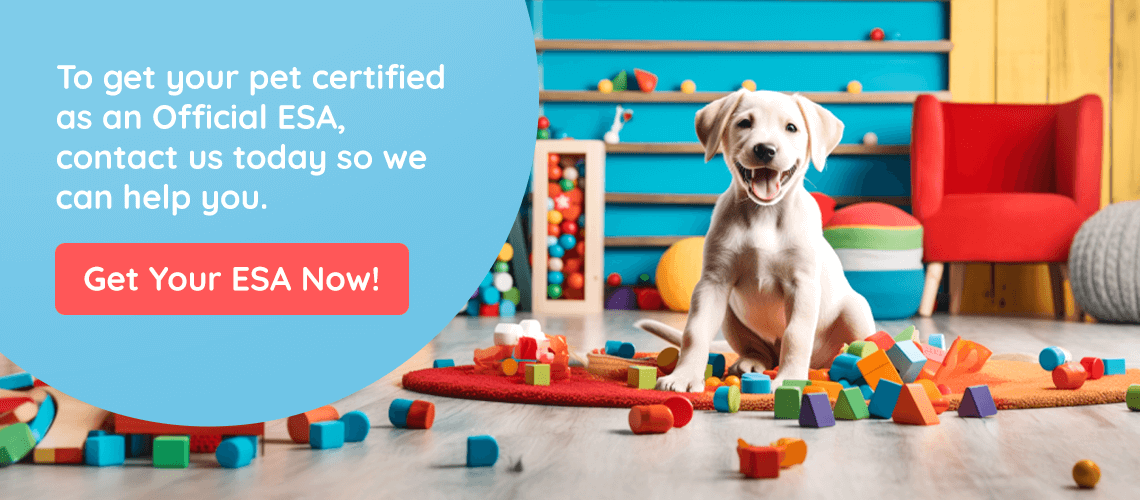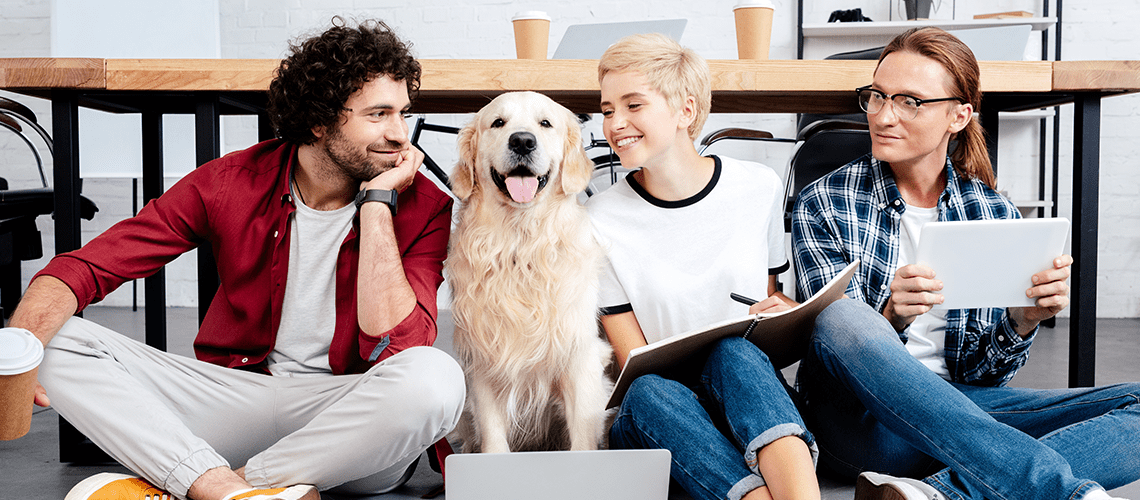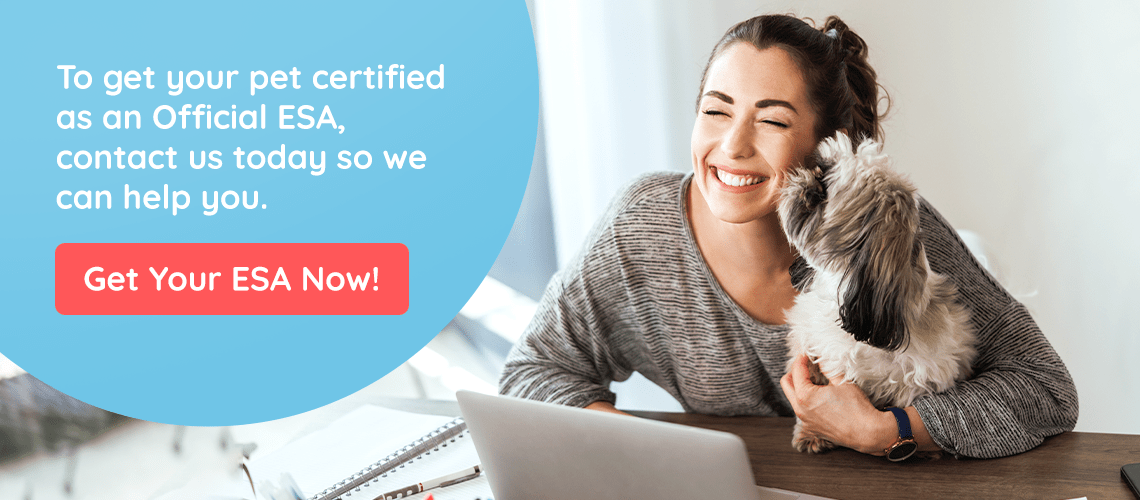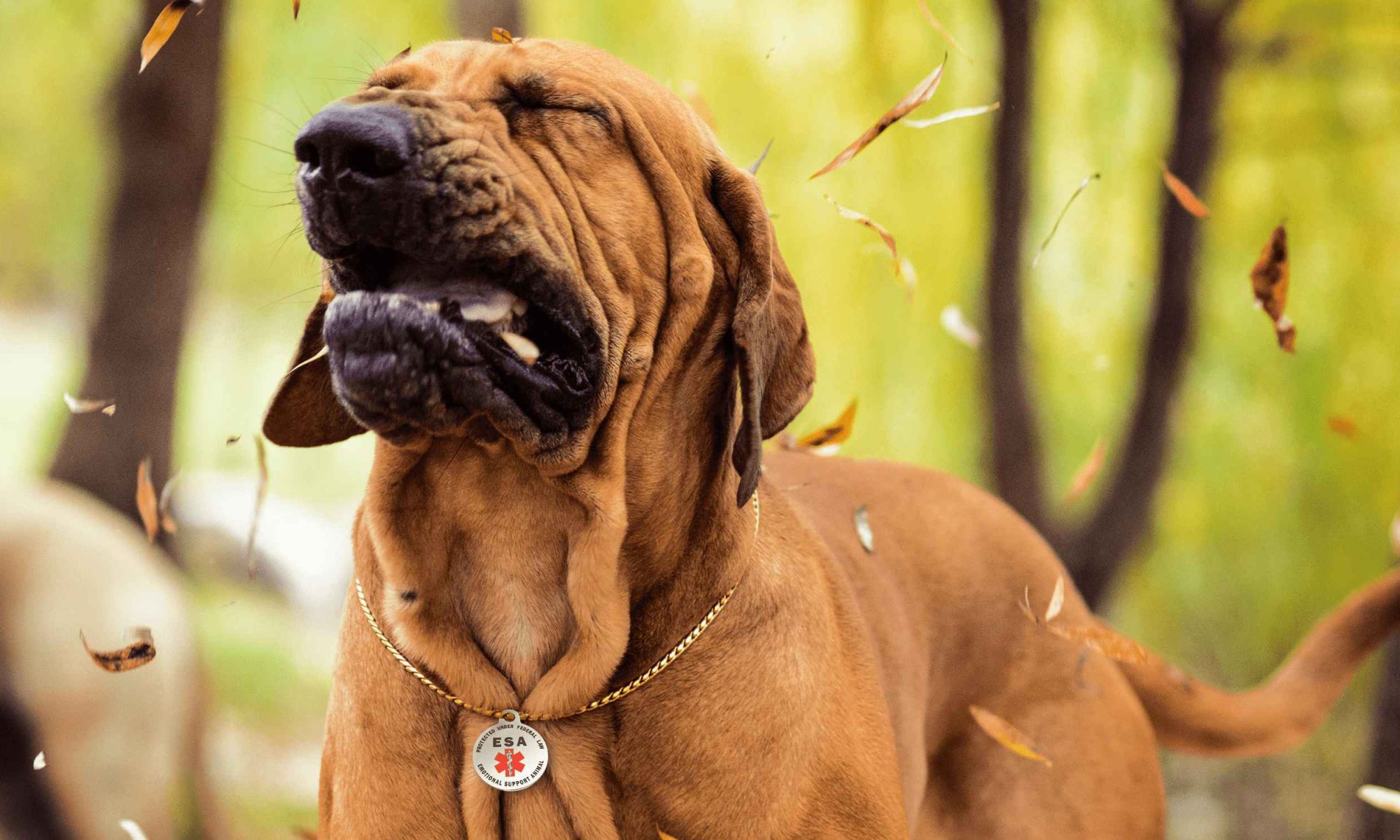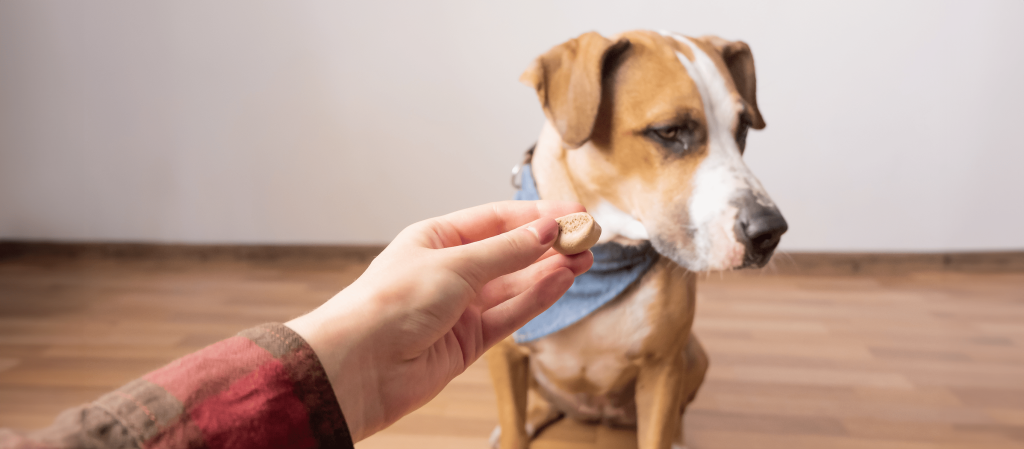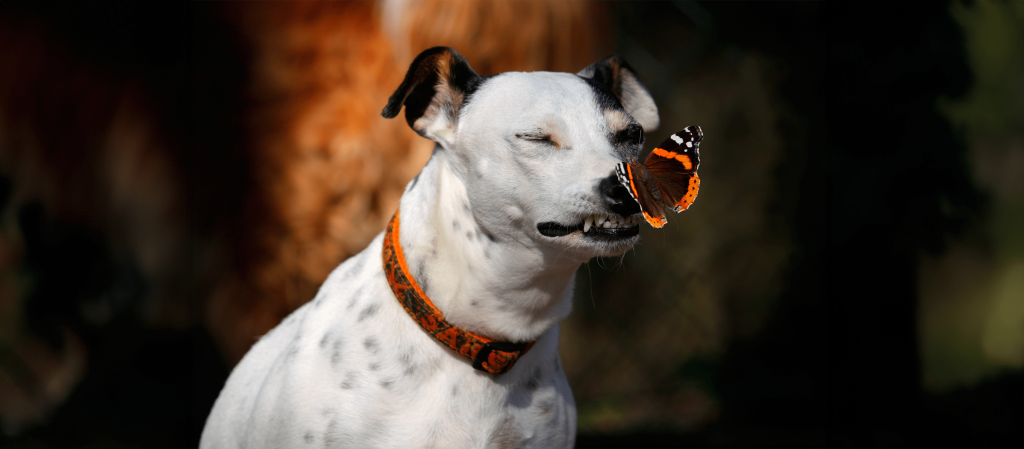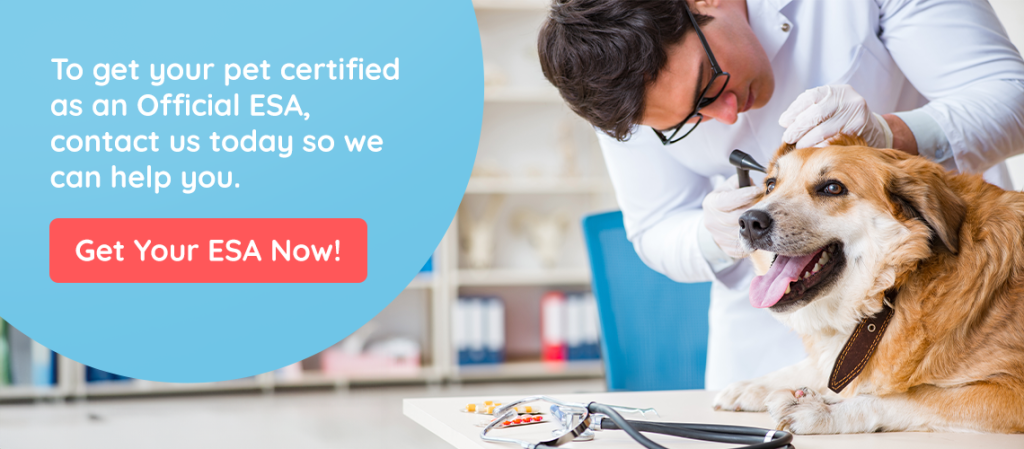Hold onto your hats, pet parents! It’s time to dive into the world of loose leash walking, the laid-back relative of the traditional leash walking! 🐾 Let’s make learning a blast as we explore the freedom-filled joys and the ‘oops’ moments of loose leash walking.
Loose Leash Walking: Freedom on a String!
Loose leash walking is like turning walks into an amusement park for dogs! It’s like jazz music—spontaneous and groovy, giving your furry friend the liberty to explore while still being connected to you. But, is it the wonder it seems to be? Let’s unearth the joyful jigs and the careful considerations it brings along!
The Good Vibes:
Imagine your pup, joyful and free, sniffing around and being their happiest self while being securely near you. The loose leash lets your doggie dive into their curiosity, turning walks into thrilling explorations! And it’s a great way to polish their ‘come when called’ skills as they bounce back to you after their mini-adventures.
But the goodness doesn’t stop there! Loose leash walking is not just a gleeful jaunt; it’s also a health bonanza for your pup! No choking, no tangled leashes; bye-bye to strained necks and sore backs from uncomfortable pulls. It’s all about keeping the walks safe, easy, and potentially making your dog’s life longer and happier!
The Watch-Outs:
But remember, with freedom, comes a sprinkle of caution. Managing a bouncing and rushing dog can be a tad tricky, especially in places where they can mingle with other creatures or people. The freedom of a loose leash means your spirited pooch might have a chance to get into little squabbles or misunderstandings.
Ready to Jump In? Here’s How!
Excited to give it a spin? Awesome! Start with getting your pup used to their collar or harness for short times during the day. Once they are chill with it, introduce the leash and let them drag it around. And then, bring out the yummies! Hold a treat close to their nose and shower them with praises and treats when they walk with you. Practice makes perfect, so keep at it until your pooch is walking beside you like a pro!
Got a determined leash-puller? Worry not! We have cool tricks to solve common pulling problems. For instance, if your pup is too excited seeing other dogs or humans, try walking the other way when they start to pull. It brings their focus back to you and away from the distractions. And, if loose leash walking isn’t their jam initially, keep patience and the treats coming! Every fur baby is unique, and some might need a bit more cheer and treats to get the hang of it.
Wrap-Up: Your Choice, Your Walk!
To loose leash or not is entirely up to you and your furry buddy. Whether you choose to keep it loose or tight, remember, safety first, and enjoy the walk! Weigh your pup’s personality and training before making the leap into the fantastic world of loose leash walking.


